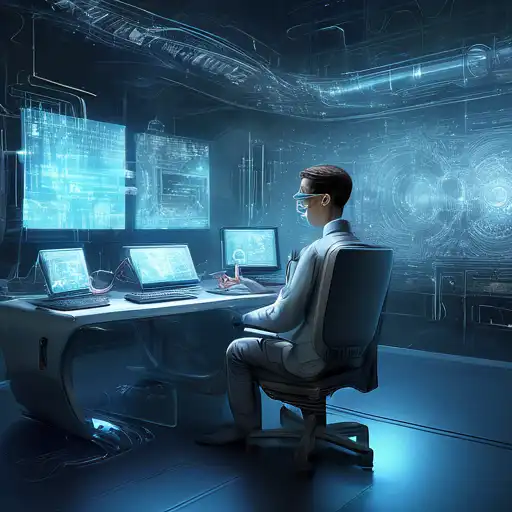Introduction to Computer Vision Technology
Computer vision technology has seen remarkable advancements in recent years, transforming how machines interpret and understand the visual world. From facial recognition systems to autonomous vehicles, the applications of computer vision are vast and varied. This article delves into the latest breakthroughs in the field, highlighting how these innovations are shaping industries and everyday life.
Key Advancements in Computer Vision
One of the most significant advancements in computer vision technology is the integration of artificial intelligence and machine learning. These technologies have enabled computers to process and analyze visual data with unprecedented accuracy and speed. Below are some of the key areas where computer vision has made strides:
- Deep Learning: The use of convolutional neural networks (CNNs) has revolutionized image recognition tasks, allowing for more sophisticated analysis and interpretation.
- Real-time Processing: Enhanced algorithms and hardware improvements have made real-time video analysis a reality, enabling applications like live traffic monitoring and instant facial recognition.
- 3D Image Reconstruction: Advances in 3D imaging techniques have opened new possibilities in fields such as medical imaging and virtual reality.
Applications of Advanced Computer Vision
The practical applications of these advancements are numerous. Here are a few examples:
- Healthcare: Computer vision is being used to diagnose diseases from medical images with greater accuracy than ever before.
- Retail: Automated checkout systems and inventory management are just two ways retailers are leveraging this technology.
- Security: Enhanced surveillance systems can now identify potential threats in real-time, improving public safety.
Challenges and Future Directions
Despite these advancements, challenges remain. Issues such as privacy concerns, the need for vast amounts of training data, and the risk of bias in algorithms are areas that require attention. Looking ahead, the focus will be on developing more efficient models that require less data and are more transparent in their decision-making processes.
The future of computer vision technology is bright, with ongoing research pushing the boundaries of what's possible. As these technologies continue to evolve, they will undoubtedly unlock new opportunities and applications across various sectors.
Conclusion
The advancements in computer vision technology are reshaping our world, offering innovative solutions to complex problems. By harnessing the power of AI and machine learning, we are entering an era where machines can see and understand the world around them with remarkable clarity. The potential is limitless, and the journey has just begun.
